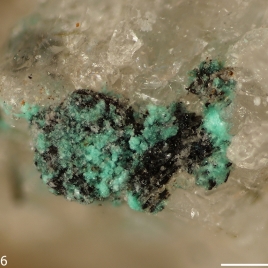While humans aren’t great at night vision, most of us can make out various objects in dim light thanks to a special light-sensitive protein rhodopsin. This chemical plays a much bigger role in the visual systems of ocean dwellers like whales, who travel through places where little light penetrates the depths of the water. A new study studied the differences in rhodopsin of killer whales and large terrestrial animals such as hippos and cows. Their findings showed two key mutations in killer whales’ rhodopsin, which help tune the eye to blue underwater light.
Authors:
,
Corresponding author:
Belinda Chang, Department Ecology and Evolutionary Biology, Centre for the Analysis of Genome Evolution and Function, Department Cell and Systems Biology, University of Toronto, ON, Email: belinda.chang@utoronto.ca
Original paper published in Royal Society B: Biological Sciences on March 1, 2017.



